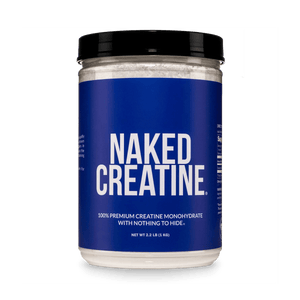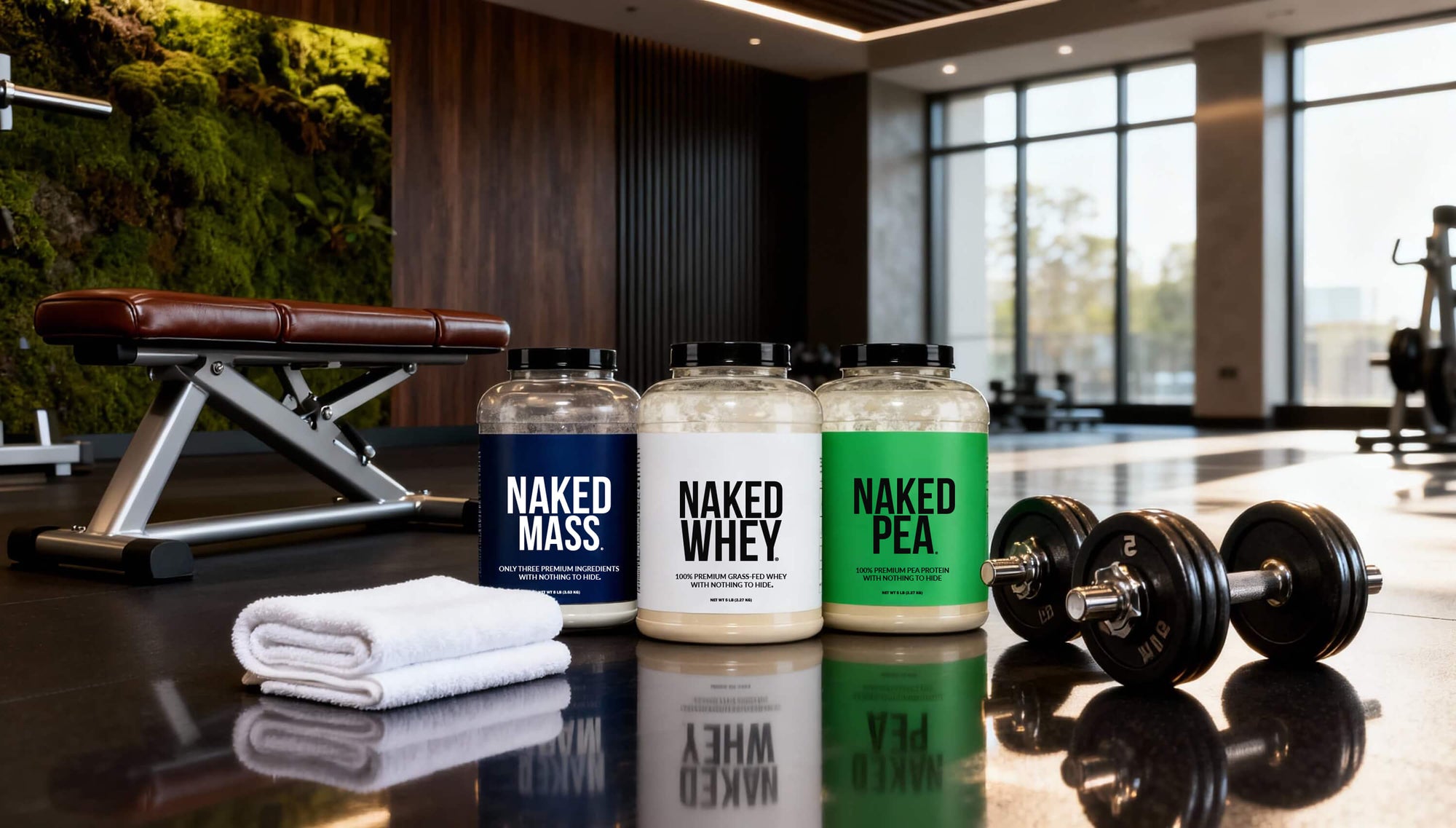Saunas are small, heated rooms or spaces designed to induce sweating by exposing the body to high temperatures. They are commonly used for relaxation, improving circulation, and promoting detoxification through sweating.
However, one question often sparks curiosity: Can spending time in a sauna actually help you burn calories or lose weight?
In this article, we’ll address how saunas affect the body, compare their calorie burn to exercise, review additional health benefits of using saunas, as well as discuss myths and misconceptions around their use.
How Saunas Affect the Body

Saunas work by exposing the body to high ambient temperatures, typically ranging from 150°F to 195°F. This heat raises your core body temperature, triggering a series of physiological responses.
Sweating cools the body as it evaporates. Simultaneously, your heart rate increases as blood vessels dilate to improve blood flow to the skin.
These responses mimic a mild cardiovascular workout, creating a sense of exertion even while sitting still in the sauna.
Does Using a Sauna Burn Calories?
When exposed to high temperatures in a sauna, the body works hard to maintain homeostasis. This increase in metabolic activity leads to a small but measurable calorie burn.
However, it’s important to note that this energy expenditure is much lower than what occurs during physical exercise.
On average, a 30-minute sauna session may burn anywhere from 50 to 150 calories, depending on various factors. This is comparable to the calorie burn from light activities such as slow walking or sitting upright for an extended period.
The exact number varies widely, as the body’s response depends on individual factors.
Factors Influencing Calorie Burn
- Session Duration and Temperature
- Longer sessions and higher sauna temperatures can slightly increase calorie burn, as the body works harder to regulate its core temperature.
- Individual Metabolic Rate
- People with higher basal metabolic rates (BMR) tend to burn more calories in any activity, including sitting in a sauna.
- Age, Weight, and Fitness Level
- Younger individuals and those with more body mass typically burn more calories. Additionally, a higher level of physical fitness can affect how efficiently the body regulates temperature.
While saunas offer modest calorie-burning potential, they cannot replace the calorie-burning benefits of exercise, which actively engages muscles and promotes cardiovascular fitness. Instead, saunas should be seen as a complementary wellness practice with other health benefits.
Comparing Sauna Calorie Burn to Exercise
The calorie burn from using a sauna is fundamentally different from the energy expenditure during exercise. While sitting in a sauna does increase your heart rate and metabolism slightly as your body works to regulate its temperature, this effect is passive and limited compared to the active engagement of muscles during physical activity.
In a sauna, calorie burn occurs primarily through thermoregulation, which is the body’s effort to cool itself by sweating and increasing blood flow. This process does not involve significant physical exertion, resulting in a lower calorie burn.
Exercise, on the other hand, involves intentional muscle engagement, which not only burns more calories during the activity but also increases energy expenditure after the session due to muscle repair and recovery.
Saunas do not provide the same muscle activation or strength-building benefits as physical activity. Similarly, while a sauna session may elevate heart rate to levels similar to light exercise, it does not improve cardiovascular endurance or fitness in the same way.
Regular exercise challenges the heart, lungs, and muscles in ways that contribute to long-term health and weight management.
Additional Health Benefits of Sauna Use

Improved Circulation and Detoxification
Sauna use significantly enhances blood flow, thanks to the dilation of blood vessels caused by the heat. This improved circulation helps deliver oxygen and nutrients to tissues more efficiently, supporting overall cardiovascular health.
Additionally, the increased sweating in a sauna promotes the elimination of certain toxins, such as heavy metals and environmental pollutants, through the skin. While the body primarily relies on the liver and kidneys for detoxification, sweating can serve as a supplementary pathway for removing some waste products.
Muscle Recovery and Relaxation
The heat from a sauna helps relax tight muscles, reduce soreness, and improve joint flexibility, making it an excellent tool for post-workout recovery. By boosting circulation, saunas also aid in delivering nutrients to muscles and accelerating the removal of lactic acid and other metabolic byproducts.
Beyond physical benefits, saunas are highly effective in reducing stress by promoting the release of endorphins and fostering a calming environment, offering both mental and physical relaxation.
Myths and Misconceptions About Saunas and Weight Loss

Temporary Water Weight Loss
One of the most common misconceptions about saunas is that the sweat produced during a session equates to fat loss. In reality, sweating primarily leads to a loss of water weight, not body fat.
The scale may show a temporary drop in weight after a sauna session, but this is due to dehydration rather than actual fat loss. Once you rehydrate by drinking water, your body restores its fluid balance, and the weight returns.
Separating Sauna Benefits From Fat Loss
While saunas offer numerous health benefits, they are not a direct tool for weight loss. The calorie burn from a sauna session is modest and insufficient to create the calorie deficit required for significant fat loss.
Instead, saunas should be seen as a complement to an overall healthy lifestyle that includes a balanced diet and regular physical activity. They can enhance recovery, reduce stress, and provide other wellness advantages, but they are not a replacement for traditional weight-loss strategies.
Conclusion
Saunas offer a unique way to relax and rejuvenate while providing modest benefits such as improved circulation, muscle recovery, and a small increase in calorie burn. While they do elevate heart rate and promote sweating, their impact on weight loss is limited to temporary water weight reduction and minimal calorie expenditure.
The real value of sauna use lies in its ability to support overall health and well-being. From reducing stress to aiding recovery, saunas can be a powerful complement to a balanced lifestyle.
However, they should not be relied on as a primary method for weight loss. Instead, incorporate saunas into a broader wellness routine that includes regular exercise and a nutritious diet for the best results.













